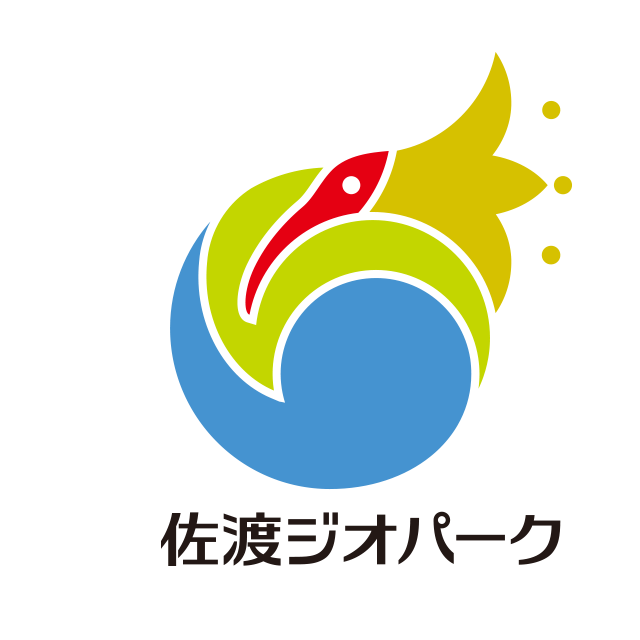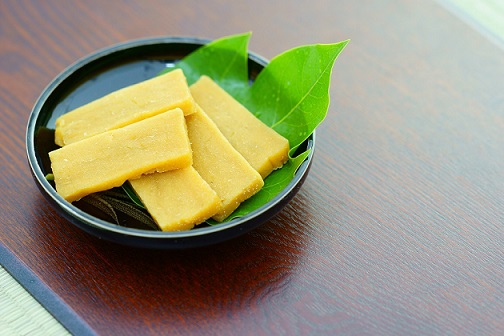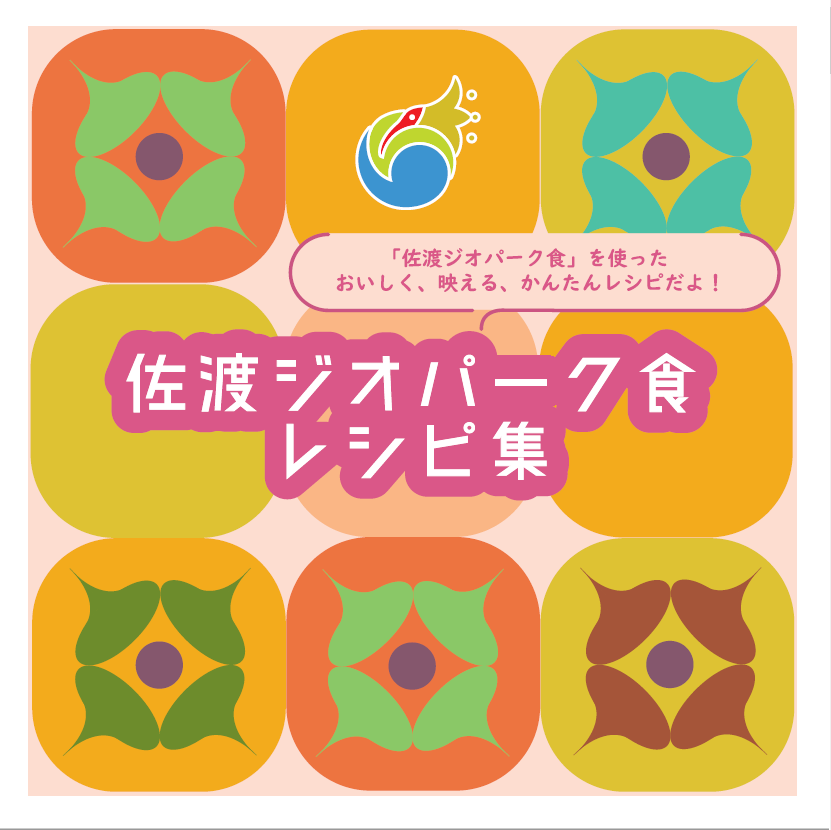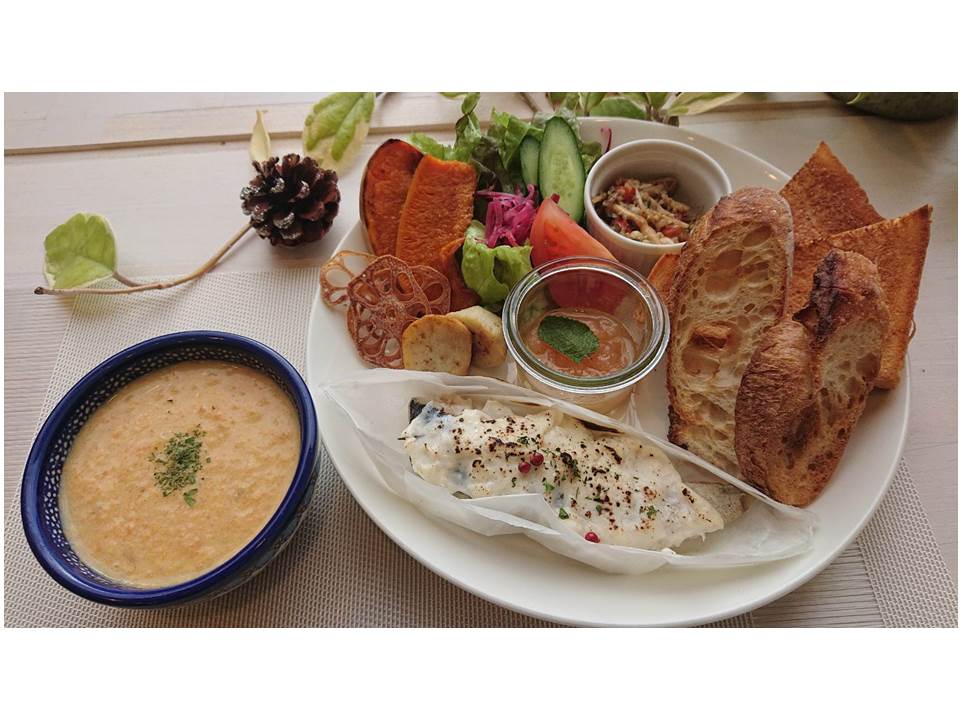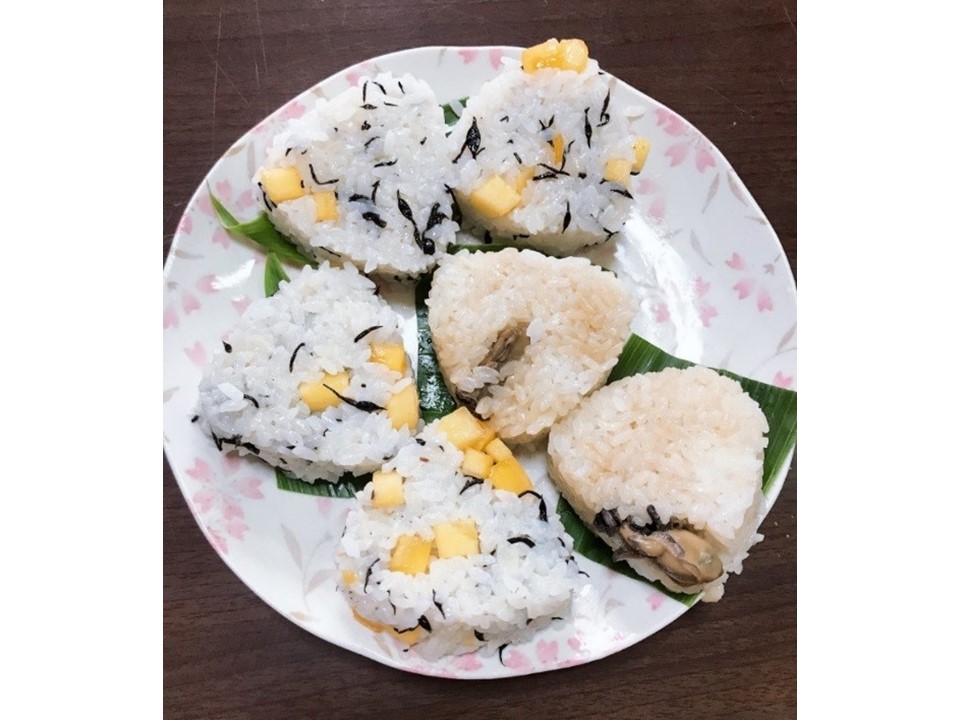Sado Island Geopark Foods
Here, you will find local specialties with a connection to the history of Sado Island, its natural environment, and its inhabitants' lives. Of course, we will talk about the history of Sado Island Geopark.
We invite you to enjoy these Sado Island Geopark foods.
Imomochi
The Origins of Imomochi
Most of the Ogi Peninsula is made up of pillow lava and subaqueous volcaniclastic rocks that erupted from underwater volcanoes long ago. Sweet potatoes, which can thrive even in dry soils, were often grown here since the areas of higher ground were difficult to supply with water. In the Kotoura district of the Ogi Peninsula, sweet potatoes are harvested in September and October and kept in a storage room called a muro to ripen. The muro is called “imoguro” in Kotoura district, and is typically made by digging out the cliff behind a house. The subaqueous volcaniclastic rock of the Ogi Peninsula is relatively soft with few cracks, making it easy to dig. Potatoes ripened in the muro are processed in January and February to make imomochi. The ripening process turns the starch in the potatoes into sugar, making them very sweet. ※There are many theories as to the origin of the imomochi. In addition, it is possible that the origin differs from district to district.
Characteristics of Imomochi
Imomochi is made by kneading steamed sweet potatoes with a little sugar and flour, forming them into strips, and drying them. Imomochi is not only delicious – it is also rich in dietary fiber and is thought to be good for your health and skin.
